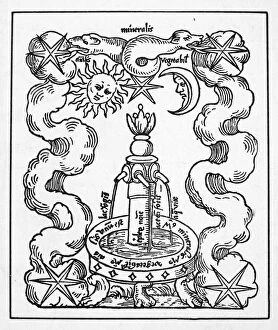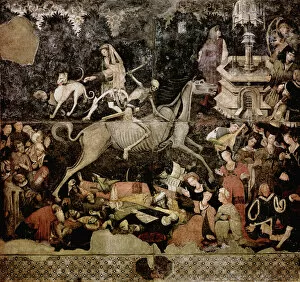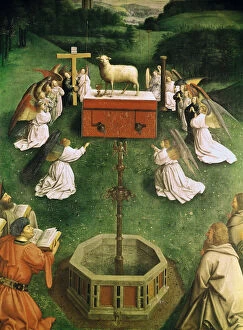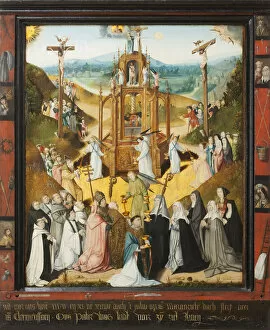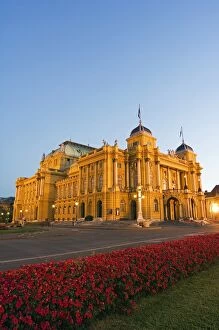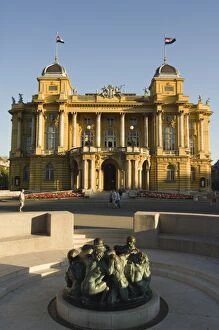Fountain Of Life Collection
The Fountain of Life has been a recurring theme throughout history, depicted in various forms of art and literature
For sale as Licensed Images
Choose your image, Select your licence and Download the media
The Fountain of Life has been a recurring theme throughout history, depicted in various forms of art and literature. From ancient times to the present day, this symbol has captivated the human imagination with its promise of eternal youth and vitality. One notable representation is the Fons Mercuralis - the Fountain of Life, created in 1550. This masterpiece can be found as a copy in The Adoration of the Mystic Lamb from the Ghent Altarpiece's lower half central panel. Its intricate details and vibrant colors bring to life the concept of everlasting rejuvenation. In contrast, The Triumph of Death fresco portrays a darker interpretation of this motif. It serves as a reminder that even though life may flow abundantly from such fountains, death ultimately triumphs over all mortal beings. Italy also contributed to this artistic narrative with Love at the Fountain of Life painted in 1896 by an unknown artist. This oil on canvas piece captures love's transformative power amidst the enchanting waters flowing from this mythical fountain. Another renowned work related to this theme is The Fountain of Youth dating back to 1546. It represents humanity's relentless pursuit for immortality and eternal beauty through magical springs believed to restore one's youthfulness. Hans Holbein the Younger further explored this subject with his painting titled The Fountain of Life between 1517-1543. Through his unique style, he portrayed both physical and spiritual aspects associated with these mystical waters. Moving beyond visual arts, Croatian National Theatre Neobaroque Architecture showcases how architectural design can incorporate elements inspired by these legendary fountains' allure. These structures stand as testaments to our fascination with perpetual vitality throughout different historical periods. Even religious iconography incorporates references to these symbolic sources like Virgin and Child with Angels' detail depicting Angel Musicians from 1536-38 (oil on panel). Such depictions remind us that divine grace flows endlessly like water from these sacred fountains.

